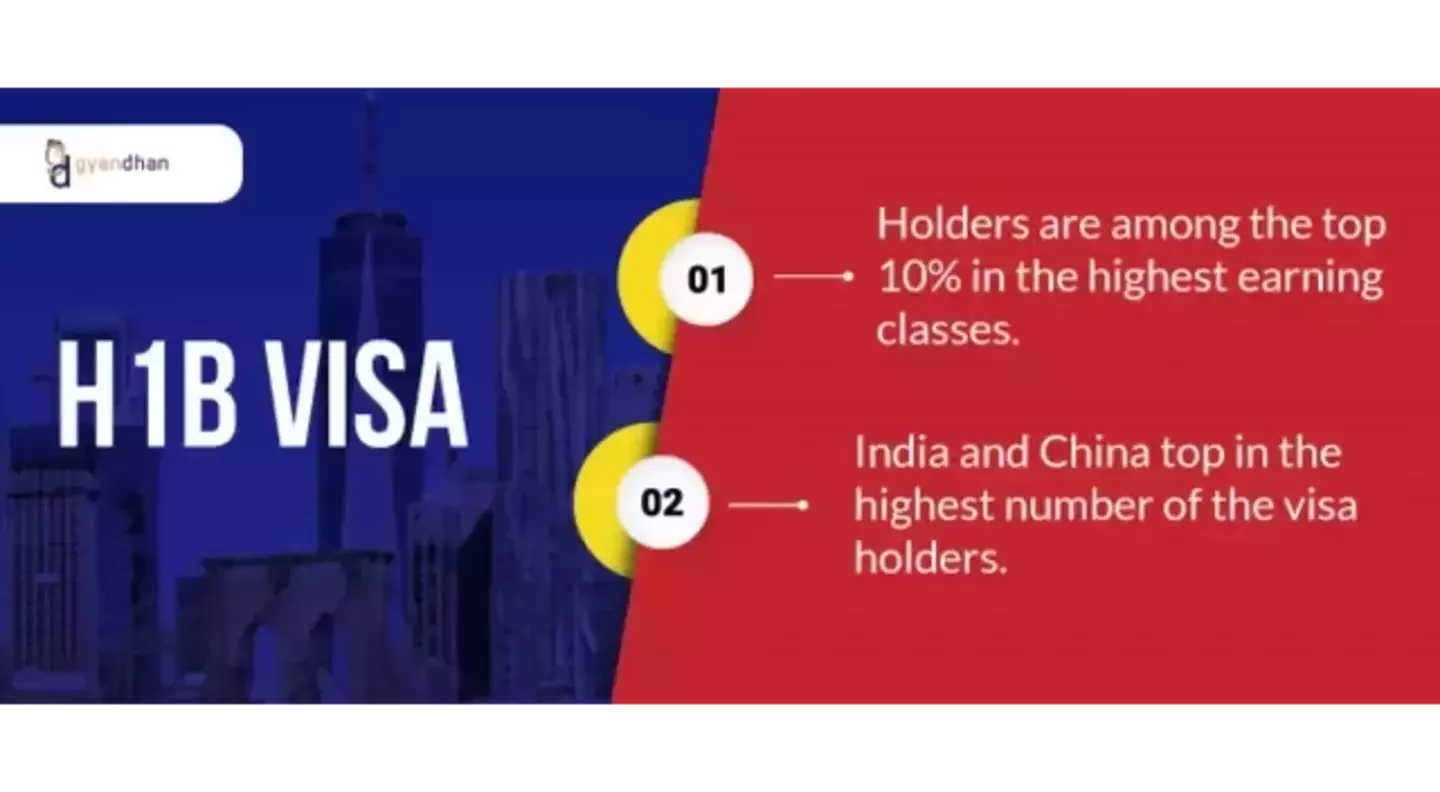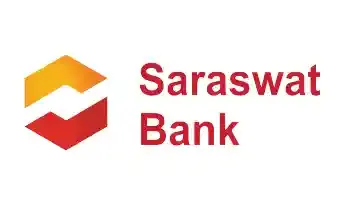Get instant loan offer suitable to your profile !


On this Page:
Recent study by Cato Institute reveals that H-1B visa holders are among the highest paid workers in the US. Read the complete report here.

In a recent study by Cato Institute, an American think tank, it has come to light that the H-1B visa holders are among the top 10 percent when it comes to earnings. One of the prominent reasons for this is the quality of jobs for which the US immigration authorities give the H-1B visa. Most jobs that require working on an H-1B visa are among the most sought-after jobs anywhere else in the world with better living standards, growth prospects, future career options, and a ton of other reasons.
In another set of data released by the Department of Homeland Security (DHS), the median wage for an H-1B visa holder is $1,08,000 while for the rest of the country it was at a meager $45,760 in 2021 for all the workers. So, when it comes to wages an H-1B visa holder takes a quantum leap right at the very start and pretty much sums up the reason for such a difference in the median wage across the spectrum of workers. Even when it comes to growth in wages, the H-1B visa holders are way ahead of a normal worker in the US. The difference in wage growth is also noteworthy. The nominal median wage growth for an individual on the H-1B visa was more than a whopping 52%. On the other hand, the nominal growth in the median wage for all the US workers was 39%. The difference of 13% in the median wage does bring a substantial difference in the lifestyle, savings, expenditures, investments, and all other aspects of life.
The DHS has been recording the wages of H-1B visa holders for around two decades. It was the first instance wherein the median wages of the H-1B visa holders breached the 90th percentile. The DHS has been keeping the record since 2003 which was the time when the number of immigrants from certain countries like India and China witnessed an uptick in growth. Like other years this year also, the DHS held the lottery for individuals eligible for an H-1B visa. The DHS had a target of granting 85,000 H-1B visas which exceeded the number of applicants. The selection is done among the pool of high-performing skilled workers of foreign origin. It helps the US in bridging the talent gap by attracting talent from different parts of the world.

Traditionally Indians and Chinese have been the largest recipients of the H-1B visa. These two countries alone have been able to grab most of the visas. There are a number of factors that contributed to the dominance of these two countries in getting the H-1B visa. The first and foremost reason for the dominance of Indians and Chinese is the talent pool that it offers to the world. Indian students have been able to secure top positions at global bigwigs. The CEOs of the world’s top companies are of Indian origin. The same is the case with Chinese students. However, in the last couple of years, Indians have been able to get more H-1B visas than the Chinese because of various reasons such as geopolitical shifts, attractive opportunities for Chinese professionals back home, and the rise of Chinese companies to the top echelons among the tech companies of the world.
The Cato Institute in its study also laid the emphasis on the need to reform the entire immigration process. Of late, there has been a marked shift in the number of students choosing Canada or other countries over the US which might get reflected in the H-1B visa applicants too. The study also highlighted the great economic potential the H-1B visa holders bring to the US which helps them in fuelling their growth. The study also advocated the dire need to reform the process of issuing green cards. The present state of affairs makes it way more taxing for professionals to get a green card, and get the benefits that come with it. As more highly skilled workers come to America, the better will be the prospects of existing industries, and also in the growth of new businesses.
The study also focused on the need of raising the cap on the existing numbers of H-1B visas granted every year. In contemporary times every country is easing the visa norms for Indian professionals to attract more talents from India. Recently many countries have signed Free Trade Agreements, and they are readily offering more visas to Indian professionals than ever before. Countries like Australia, Canada, and the UK are already in the fray to attract more professionals from India, and the best part is that they haven’t restricted themselves to only highly skilled professionals. Amid all the global happenings in contemporary times, and the looming uncertainties, the US is all set to streamline the immigration process even further to keep attracting Indian students. In the upcoming years, the US Congress is planning to come up with more flexible options for Indian professionals and IT companies seeking H-1B visas.
Read Also:-
Check Your Education Loan Eligibility

Ask from a community of 10K+ peers, alumni and experts
Trending Blogs
Similar Blogs

Network with a community of curious students, just like you
Join our community to make connections, find answers and future roommates.. Join our CommunityCountry-Wise Loans
Best Lenders for Education Loan

ICICI Bank

Axis Bank

Union Bank

Prodigy

Auxilo

Credila

IDFC

InCred

MPower

Avanse

SBI

BOB

Poonawalla

Saraswat